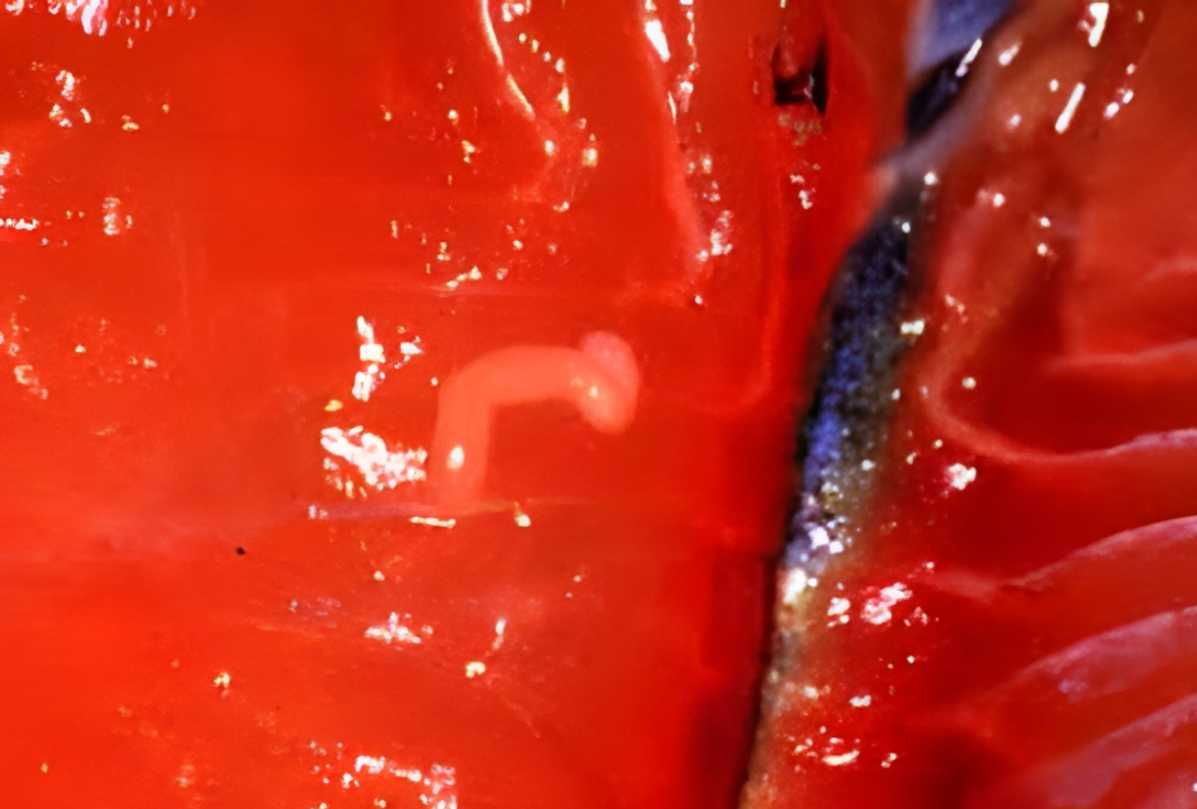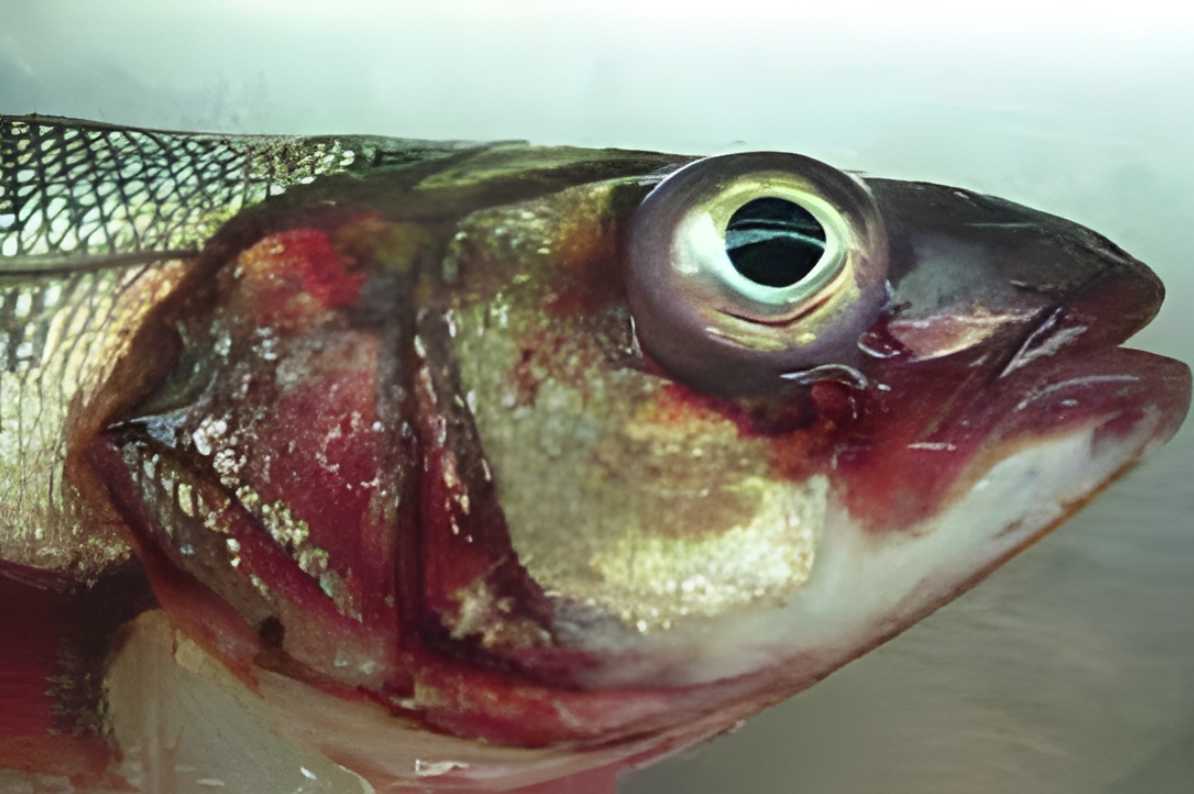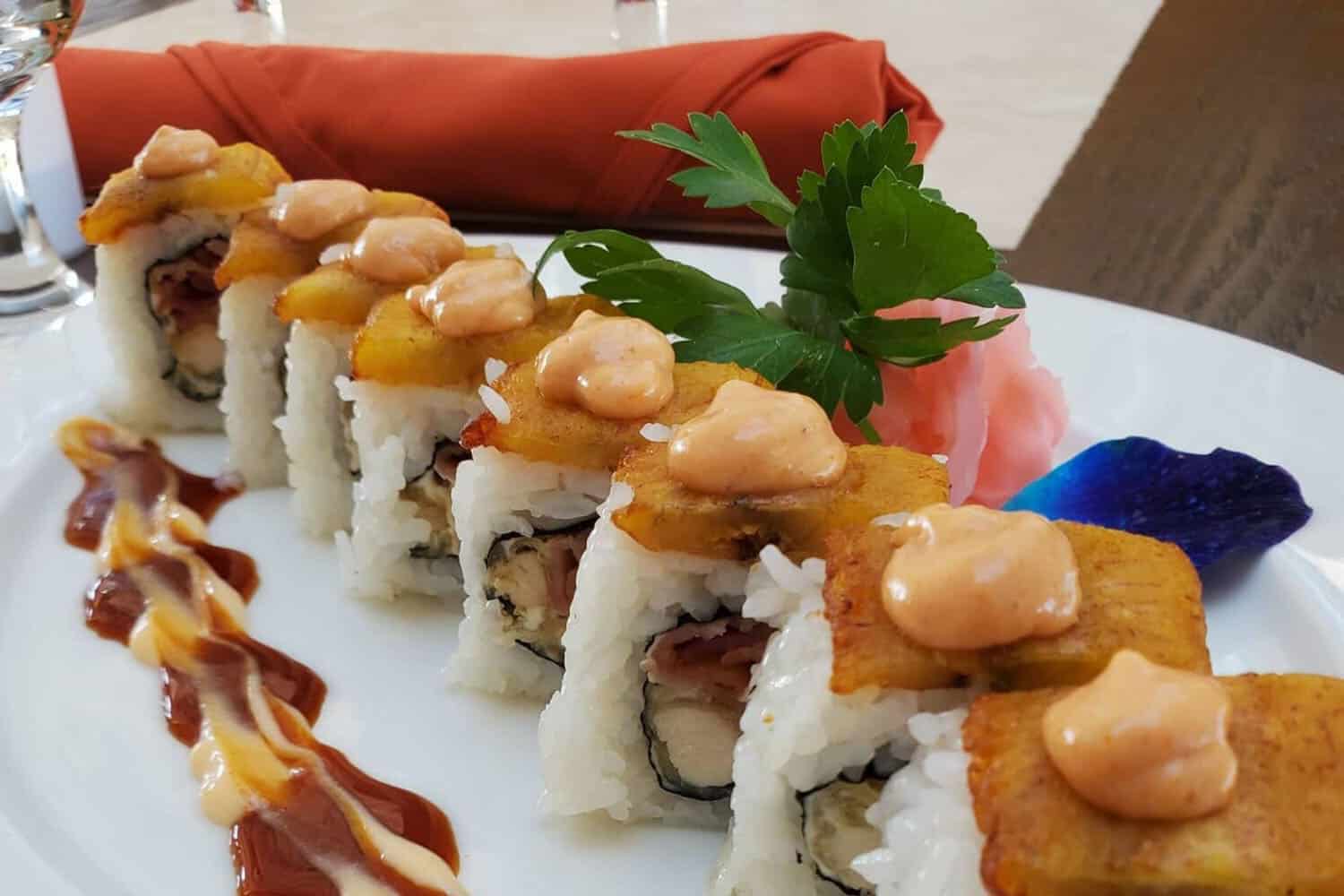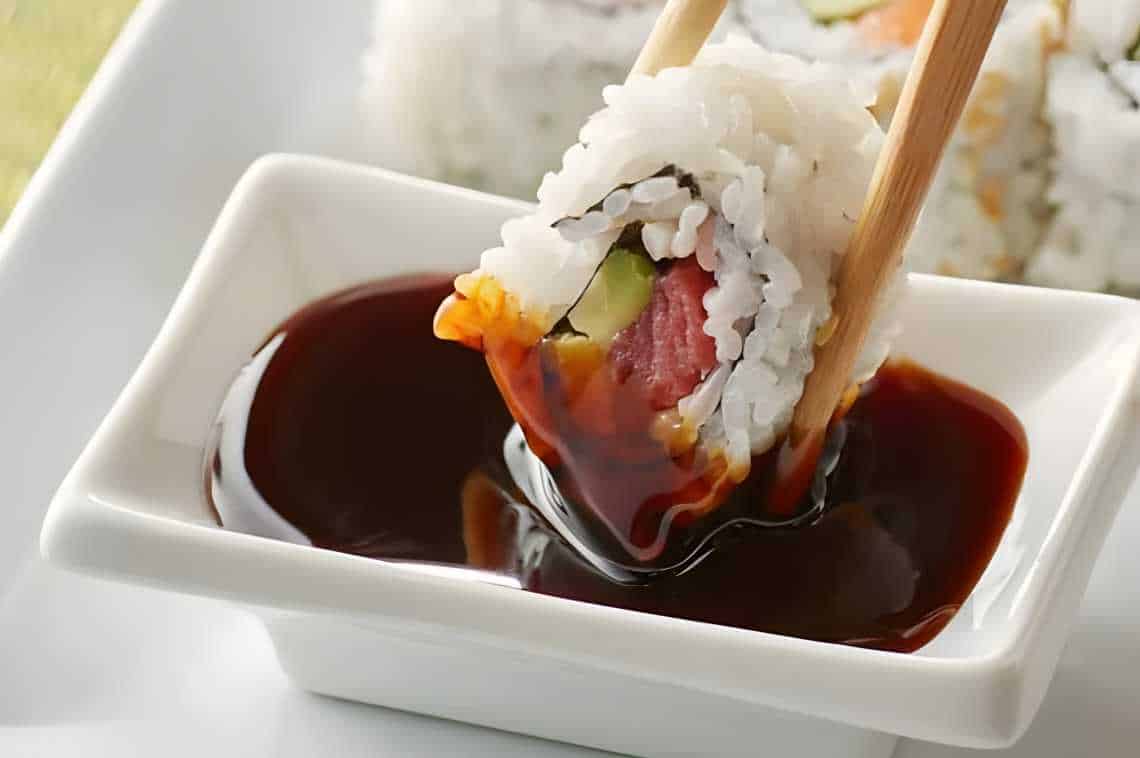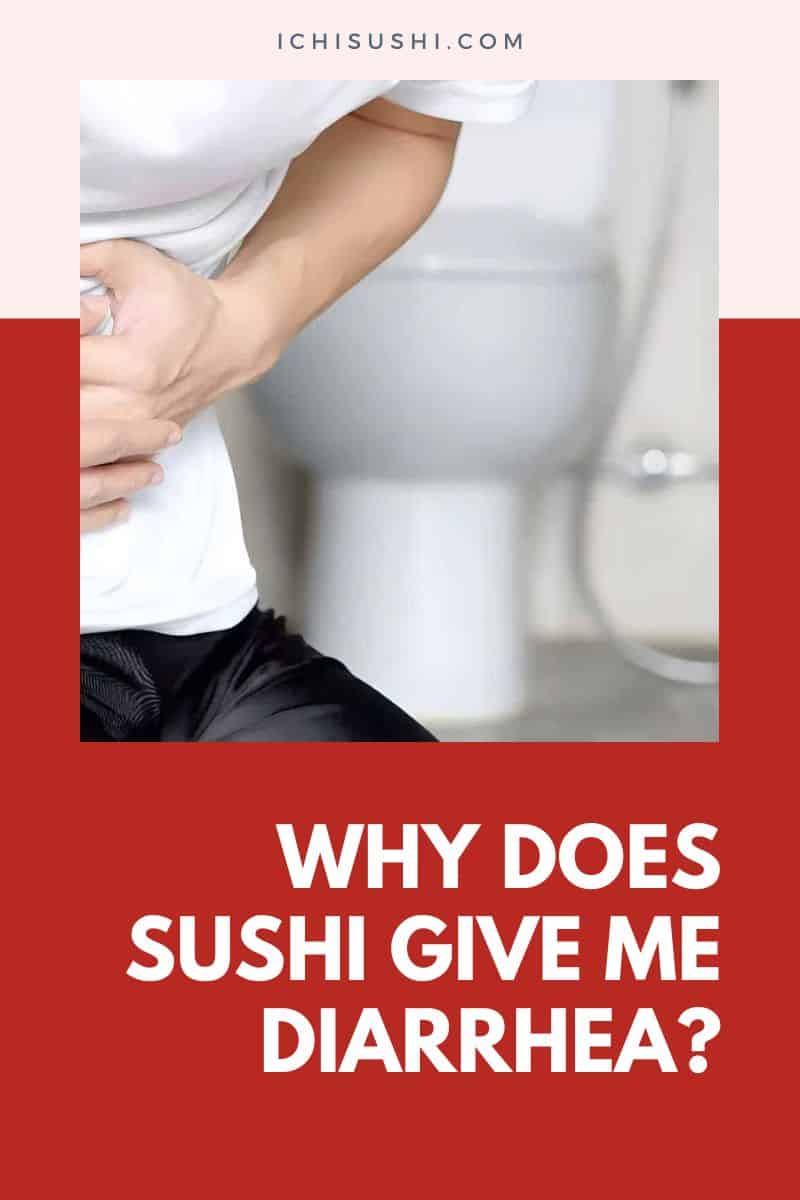Have you ever felt compelled to use the restroom after eating sushi? It feels awful, right? Sushi is safe to consume. “But why does sushi give me diarrhea?” you might wonder.
Should you then refrain from eating sushi? Continue reading to learn how eating this delectable dish can often become a source of frustration.
Can raw ingredients in sushi give you diarrhea?
If you enjoy sushi, you’re probably already familiar with the concept of eating raw fish. It’s good to enjoy those tasty rolls in moderation. But, there are risks linked with consuming raw foods of any kind. This isn’t about raw fish only.
Contracting a foodborne infection due to ingesting raw fish is not fun. This condition can cause diarrhea, severe vomiting, and stomach discomfort.
The following are common kinds of food poisoning. They’re caused by eating raw or undercooked seafood.
Anisakiasis
Have you ever heard about anisakiasis? This is a form of gastrointestinal illness. Blame the parasites Anisakis and Pseudoterranova decipiens for this type of food poisoning!
Anisakis matures into an adult stage within marine mammals like dolphins and whales. Its larvae parasitize fish like Todarodes and mackerel.
On the other hand, the latter is a bacterium that lives in the stomachs of gray seals and other big seals. The host range of this parasite is quite vast. Many other sea animals can act as hosts. These include crustaceans, large invertebrates, and fish species.
The larvae of both parasites are raised in the muscles of saltwater fish. Have you detected a mild tingling sensation right after or during eating raw fish? That is the worm crawling around your mouth or throat. How awful, right?
Sushi masters have been trained to extract the parasite manually. They can also cough it back up to avoid infection.
What happens within minutes to a few hours after consuming contaminated raw fish? The parasites pierce the esophagus. Then they travel down the stomach or intestinal wall.
These strange movements produce nausea, vomiting, and abdominal pain. The worm will be expelled from your body through your vomiting if you’re fortunate.
Here’s the confusing part. The symptoms can be misinterpreted as appendicitis, stomach ulcer, or peritonitis. They appear to be caused by a tiny intestinal blockage.
Interestingly, neither Pseudoterranova nor Anisakis can survive in your stomach. As it turns out, their lives will come to an end there.
But wait, the episode isn’t over yet. What you can do is deal with the symptoms till your new pals die off naturally. How can you beat that? You can take an anti-parasite medicine such as albendazole to speed things up.
Diphyllobothriasis
When eating raw sushi, another parasite has been reported to create problems. It’s called Diphyllobothrium latum. This strain can be found in fish muscle tissue.
The parasite will travel down to the small intestines after being swallowed by humans. It can then resume its life cycle as it did in the fish it came from.
Guess what happens once it happily lands in the intestines. The parasite will begin its transition from larva to full-fledged adult worm. It can reach lengths of up to 10 meters!
Unfortunately, symptoms of a D. latum infestation are rare. Would you like to be one of the lucky ones that get symptoms? You can experience abdominal pain, mild diarrhea, or weight loss.
The parasite’s tail showing from your rectum signifies an unwanted pet in your tummy! There’s also a strong probability you’ve gotten slightly anemic and vitamin B12 deficient by this point.
Now, here’s a bit of good news! A single intake of the anti-parasite medicine praziquantel will take care of everything.
Vibrio
Eating undercooked or raw seafood is also linked to the bacterium Vibrio parahaemolyticus. This is particularly true for oysters.
Diarrhea, abdominal cramps, and vomiting are all indications of infection. Sometimes, nausea, fever, headache, and chills also manifest. People with compromised immune systems are more susceptible.
Vibrio vulnificus is another Vibrio species. It has been discovered in crabs, clams, and oysters.
This microorganism can induce vomiting, nausea, and watery diarrhea in healthy consumers. Fever and abdominal cramps may also go with the symptoms.
The bacteria can invade blood circulation. It can also cause a fatal whole-body infection. Those with liver disease or weaker immune systems have a higher risk.
Furthermore, Vibrio species can trigger wound infections when open sores are exposed to bacteria-infested water. Scrapes from opening oysters or working on sailboats are two examples.
These infections are severe in those who have weakened immune systems.
Here’s more! The Gram-negative parasite Vibrio is far less bothersome than D. latum. This creature lives in saltwater and is usually a free-swimming organism.
Vibrio has a single polar flagellum it utilizes to move around the water. It attaches itself to fish, shellfish, and plankton.
You’ll have around 24 hours after eating Vibrio-infected seafood before experiencing symptoms. These include nausea, watery diarrhea, and vomiting. This will last approximately three days and will usually clear up on its own.
Only the immunocompromised are in danger of contracting V. parahaemolyticus. Healthy individuals can just drink plenty of water to replace the fluids lost. Antibiotics cannot reduce the intensity or duration of this parasitic infection.
| Symptoms | Possible Causes |
|---|---|
| Diarrhea | Consuming contaminated sushi. |
| Nausea | Bacterial or viral infections. |
| Abdominal pain | Food poisoning from sushi. |
| Vomiting | Eating raw or spoiled ingredients. |
| Dehydration | Excessive diarrhea and vomiting. |
| Stomach cramps | Allergic reaction to sushi. |
Can cooked ingredients in sushi cause diarrhea?
Another foodborne infection linked to sushi consumption is Bacillus cereus. Eating contaminated rice is the culprit. Spoiled fish, vegetables, and meats have also been related to the disease.
Bacillus cereus infections are divided into two types: diarrheal and vomiting. The vomiting kind is linked to contaminated rice products. Fried rice resting at room temperature for a long time is one example.
It is critical that you only consume cooked sushi to its proper internal temperature. This step will limit the danger of foodborne illnesses.
It may only offer a little health risk to most healthy people who choose to consume raw or undercooked fish. But the risk can be significant for others.
Here’s the greatest rule of thumb for reducing your risk of food poisoning. Adopt excellent food safety measures. Ensure that your sushi is prepared correctly.
For fish fin, cook them until it reaches 145°F. The flesh should turn opaque and separate easily with a fork.
Wait until the shells open for clams, mussels, and oysters. Prepare shellfish until the shells open for clams, oysters, and mussels.
Hot sauce can not destroy bacteria. You can use alcohol to clean some goods. Yet, it cannot kill specific foodborne bacteria such as Vibrio.
Here’s another exciting safety tip! If you must eat sushi with raw fish, consider seafood that has been frozen earlier. This is because any parasites present will be killed by freezing. Unfortunately, freezing does not eliminate all dangerous bacteria.
How quickly does diarrhea occur after eating bad sushi?
Cramps in the stomach, vomiting, and diarrhea are the initial symptoms. They can occur as quickly as 1 hour after consuming infected sushi. It can last for up to 10 days. It all depends on the source of the infection.
Remember to wash your hands, plates, and utensils between the raw and cooked phases. The majority of individuals who have food poisoning don’t need to go to the hospital. But you won’t want to leave the restroom either.
Consuming raw or undercooked seafood can cause severe illnesses more than diarrhea. It can cause life-threatening diseases in persons more susceptible to foodborne illness.
Those with weakened immune systems and pregnant women are at greater risk. Children under the age of five and people 65 and older are among those at risk. Consumption of raw fish and shellfish is not recommended for these high-risk persons.
Cook fish and shellfish thoroughly if you fall into this category. Consult your doctor or a registered dietitian if you’re not sure if you’re in danger.
Tips to Avoid Diarrhea When Eating Sushi
Follow these tips when buying, storing, and preparing sushi.
At the Market
- Conduct research before purchasing. Know appropriate fish requirements, as well as proper preparation and storage practices.
- Make sure fresh seafood is kept at or below 40°F or properly packed with ice.
- Choose the right fish. Look for glossy, firm flesh with no overpowering “fishy” odor. The fish’s eyes should be shiny and clear.
- Buy only live shellfish with a tag or label indicating the processor’s certification. Live lobsters and crabs should show some leg movements.
At Home
- Keep fresh fish wrapped well or in airtight containers for not more than two days. Otherwise, freeze it.
- Preserve live crabs, clams, crayfish, mussels, lobsters, and oysters in well-ventilated receptacles.
- Keep smoked or fresh seafood at or under 40°F.
- Separate cooked and raw seafood by using different cutting boards and other utensils.
- Stay on top between handling raw ingredients and any ready-to-eat meal. Thoroughly wash hands, plates, chopping boards, and other utensils.
At Restaurants
- You can get raw or undercooked sushi items if you’re a healthy person. Make sure you eat or buy only at reputable cafes.
- Eat only in restaurants that use fresh and high-quality ingredients. These places likely follow proper food safety procedures.
- Avoid sushi with raw items if you’re in the high-risk group.
Summary
Beginners in the world of sushi frequently ask, “Why does sushi give me diarrhea?” Well, it depends. Fish and shellfish cooked properly provide various nutrients beneficial to your health.
Contrarily, raw fish and shellfish pose a greater risk. When eating sushi, be careful of food safety concerns. If you’re a high-risk person, avoid raw fish altogether.

Hiroshi Nakamura, a Tokyo-born sushi chef turned US-based writer and critic, is the voice behind ichisushi.com, blending traditional sushi wisdom with modern insights.


